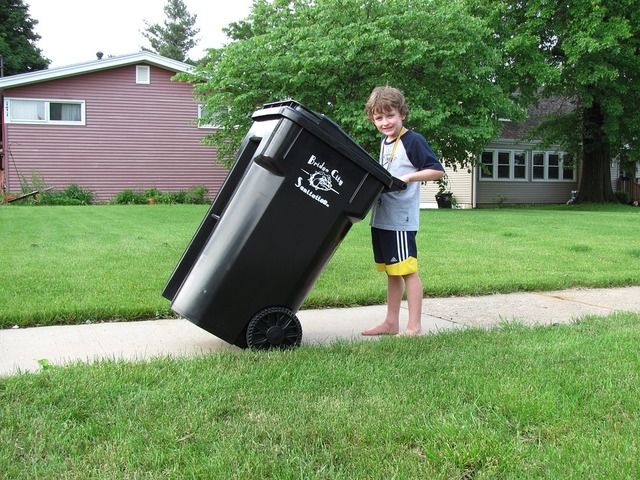The Different Types of Waste Management and its Market Analysis
With an increase in environmental awareness, the use of waste management techniques is increasing rapidly, and this has helped in the significant growth of the waste management market. The global market for waste management is predicted to reach 1300 billion dollars by 2022. This includes both hazardous and non-hazardous waste.
What is waste management?

Waste management is a process in which solid waste is treated and different solutions are adapted to recycle items. The various processes involved in waste management are the collection, segregation, transportation, recycling and/or disposal of waste.
Rapid industrialization and increase in environmental awareness have driven the growth of the waste management market over the years. The surge in population and an increase in urbanization has also resulted in the growth of this market. Government agencies have implemented stringent rules and regulations regarding waste management thereby necessitating requirement for waste management techniques. The potential growth markets for waste management are expected to be the Asia Pacific and Latin America.
Different types of waste management
The waste management market is segmented into various categories on the basis of region, type, and services. On the basis of waste type, waste management is segmented into industrial waste management and municipal waste management. Among these municipal waste management dominates the market.
On the basis of services, the market is further classified into collection services and disposal services. The collection services include collection, transportation, storage, handling, and sorting. The disposal services include landfills, recycling, composting and anaerobic digestion. The disposal services are expected to dominate the waste management market in the near future.
On the basis of region, the market is divided into various regions including North America, Europe, Asia Pacific, and Latin America. The high-end technology and various initiatives by government agencies are the reasons due to which the waste management market is expected to grow significantly in Europe. But with the presence of densely populated countries like China and India, the demand for waste management is expected to increase in the Asia Pacific region as well. Also, various government initiatives in India can also be the reason for boosting the waste management market in this region.
Reasons for the growth of waste management market
The waste management market has increased gradually over the years especially in Europe and Asia Pacific region. The main reasons for the growth of the waste management market are:
Growth in urban population: With the rapid urbanization in developing countries in the Asia Pacific region, the need for waste disposal has increased. This has, in turn, resulted in the growth of the waste management market.
An increased amount of waste generated: With an increase in population, the rate of urbanization has increased globally. This also is the major driving force for the waste management market.
Rise in environmental awareness: With the rise in CO2 emission and increased awareness regarding environmental issues, the growth of the waste management market has increased. Various industries are using new technology and are taking measures for recycling of non-hazardous waste for the reduction in pollution levels.
Health awareness: Untreated waste results in various infections and diseases which in turn results in the need for waste management.
Government regulations: These have also helped in popularising the practice of waste management.
Market size and Industry trends
In 2016, the value of the global waste management market was $492 billion including both hazardous and non-hazardous waste. The market is further forecasted to grow. Some of the regions with high market maturity include Western Europe, North America and parts of Asia Pacific including Australia, Japan, and Hong Kong.
Due to the lack of stringent laws and regulations, the market is still growing at a slow pace in various regions excluding Europe and North America. Initiatives from leading global companies have resulted in a gradual increase in the use of waste management.
The rise in levels of sustainable disposal of waste is the main reason for buyers to partner with suppliers. Performance-based metrics are being used by suppliers for evaluation along with performance monitoring which in turn results in improvement in their supply capabilities. Latin America is still behind North America in the growth of these trends. However, the government is taking measures and initiating the use of waste management further. The rate of technology adoption in waste management is highest in Europe. Change in regulatory and revenue generating opportunities are the reasons for the potential growth of waste management in the Asia Pacific region.
Major players in the market
Top players in the market include Advanced Disposal Service, Veolia Environment S.A., Daiseki Co. Ltd., Suez Environment S.A., Waste Management Inc., CLEAN HARBORS Inc, and Biffa Group. The key strategies adopted by these players over the years are the launch of products, collaborations, use of new technology and partnerships. For example, Veolia Environment S.A. collaborated with Tetra Pak for beverage carton recycling across Europe.
With the rapid integration of technology and raising awareness regarding the need for suitable waste management techniques, the market for waste management is expected to witness steadfast growth in the coming years. As many companies and government agencies are investing heavily in waste management, it is expected that several new developments can take place in the market.

Leave a Reply